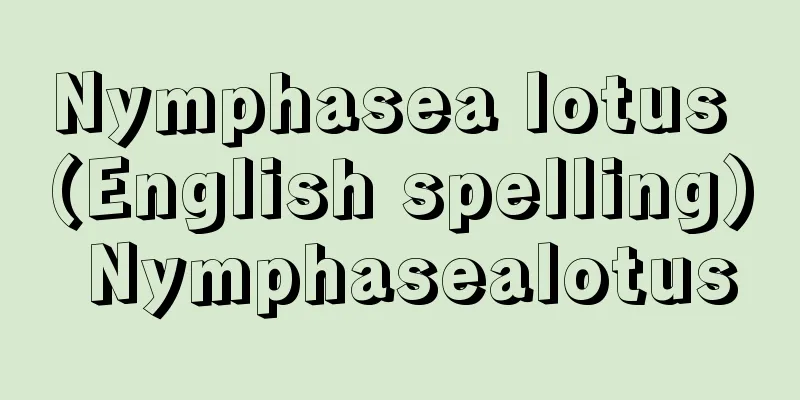Vocational school - senmon gakkou
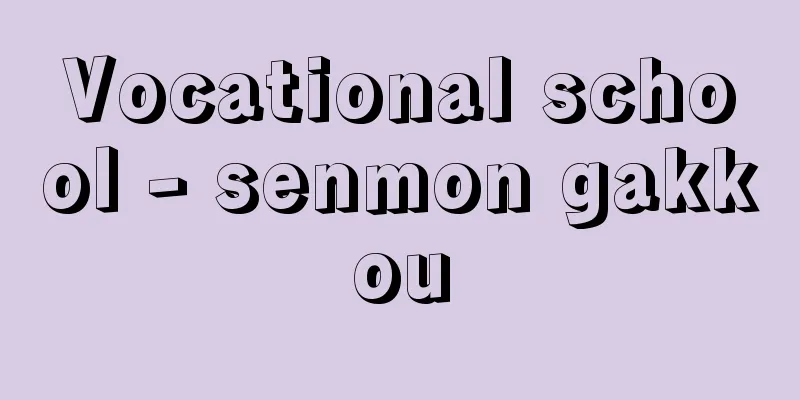
|
An educational institution that provides practical vocational education and requires high school graduation level academic ability to be admitted. It is one of the vocational schools that was established in 1976 (Showa 51) by a partial amendment of the School Education Act, and unlike universities and junior colleges stipulated in Article 1 of the School Education Act, it does not receive subsidies from the government. Vocational schools have a "specialized course" that requires high school graduation level academic ability to be admitted, a "higher course" that is open to junior high school graduates, and a "general course" that does not require any qualifications to be admitted, and only vocational schools that have a specialized course can be called "vocational schools". As of 2013 (Heisei 25), there are 2,811 vocational schools nationwide, and about 90% of vocational schools are vocational schools. There are national, public, and private schools by establishment, and by type of specialty, there are IT/information processing, engineering/mechanical/electrical, fashion/hairdressing/beauty, cooking/nutrition, animals/agriculture, architecture/real estate, art/design, music/theater, business/secretarial, language/tourism, medical/nursing/education, law/accounting, etc. The course must last at least one year, with at least 800 hours of class time per year, and at least 40 people receiving training at any one time. Since 1995, graduates of professional training schools that have a course period of at least two years, a total of at least 1,700 hours of class time, and that certify their graduation through exams have been given the title of "specialist" (senmonshi). Since 1998, specialists have been given the right to transfer to universities, and graduates of professional training schools that have a course period of at least four years, a total of at least 3,400 hours of class time, and that have received a systematic educational curriculum are given the right to enter graduate schools. In 1992, when the second baby boom generation graduated from high school, the number of students entering vocational schools peaked at around 360,000. Even in the late 1990s, when the bubble economy collapsed, vocational school students, who could train immediately for the job in a short period of time, had a high employment rate, and the number of students entering remained at around 300,000 per year. However, since the mid-2000s, in addition to the declining birthrate, vocational schools have been turned into universities, and universities and junior colleges have entered the practical education fields that vocational schools used to teach. As a result, since 2010, the number of vocational schools has been increasing and the number of students entering vocational schools in 2013 fell to around 260,000. The National Federation of Vocational Schools and Miscellaneous Schools is a national organization for vocational schools and miscellaneous schools. Also, technical colleges and vocational schools are different entities. [Editorial Department] [Reference items] | | | Training SchoolSource: Shogakukan Encyclopedia Nipponica About Encyclopedia Nipponica Information | Legend |
|
高等学校卒業程度の学力を入学資格とする、実践的な職業教育を行う教育機関。学校教育法の一部改正で1976年(昭和51)に発足した専修学校の一つであり、学校教育法第1条に定められた大学や短大とは異なり、国からの補助金は受けられない。専修学校には高卒程度の学力を入学資格とする「専門課程」のほか、中学校卒業者を入学対象とする「高等課程」、入学資格を問わない「一般課程」があり、専門課程を設置した専修学校のみが「専門学校」と称してよいことになっている。2013年度(平成25)時点で全国に2811校あり、専修学校の約9割を専門学校が占めている。設置者別には国立、公立、私立があり、専門の種別ではIT・情報処理、工学・機械・電気、服飾・理美容、調理・栄養、動物・農業、建築・不動産、美術・デザイン、音楽・演劇、ビジネス・秘書、語学・観光、医療・介護・教育、法律・会計などがある。修業年限は1年以上で、年間授業時間は800時間以上、教育を受ける者が常時40人以上と規定されている。このうち修業年限2年以上、かつ総授業時間が1700時間以上で、試験などにより卒業認定などを行う専門学校の卒業者には、1995年(平成7)以降、「専門士」の称号が付与されるようになった。1998年からは専門士に大学への編入学資格が与えられ、修業年限4年以上、かつ総授業時間3400時間以上で、体系的な教育課程を受けた専門学校卒業生は大学院への入学資格が付与される。 第2次ベビーブーム世代が高校を卒業した1992年に、専門学校への入学者は36万人台とピークに達した。バブル経済が崩壊した1990年代後半に入っても即戦力を短期間で育成できる専門学校生は就職率が高く、入学者は毎年30万人台を保っていた。しかし2000年代半ばから少子化に加え、専門学校の大学化、専門学校で教えてきた実践的教育分野への大学、短大の進出などが進んだため、2010年以降、専門学校の廃校が増え、2013年度の入学者は26万人台まで減少した。なお、専門学校や各種学校などの全国組織として、全国専修学校各種学校総連合会がある。また、高等専門学校と専門学校は別物である。 [編集部] [参照項目] | | |出典 小学館 日本大百科全書(ニッポニカ)日本大百科全書(ニッポニカ)について 情報 | 凡例 |
<<: Specialized education - senmonkyoiku
Recommend
Nenni - Nenni (English spelling) Pietro Nenni
Italian politician and socialist. Born to a poor ...
Aowakame - Aowakame
…Table 2 shows the main processed products, but i...
Paper
...It is mixed into the coating materials for pla...
Tsutomu Oshio
1903-1958 A pastor and Bible scholar from the Sho...
Hodoimo - Hodoimo
A perennial plant of the legume family (APG class...
Wooden Buddha sculptor
〘 noun 〙 (as opposed to an ebusshi, who specialize...
Kagurazaka
A district in the northeastern part of Shinjuku W...
Edirne - Edirne (English spelling)
A city located in the western part of Turkey, on ...
Syngman Rhee Line
The line that South Korean President Syngman Rhee...
Beadle, GW (English spelling) BeadleGW
…However, as early as 1908, AEGarrod suggested th...
Public Appeal - Kusuiko
〘 noun 〙 Compulsory lending of rice carried out by...
NSF - NSF
The National Science Foundation is an independent ...
River bathing - Kawabitari
Depending on the region, it is also called Kawawat...
Diogo Lopes de Sequeira
1466‐1530 Portuguese navigator and soldier. Born i...
Eurynomē (English spelling) Eurynome
…Therefore, the influence of theories about the o...


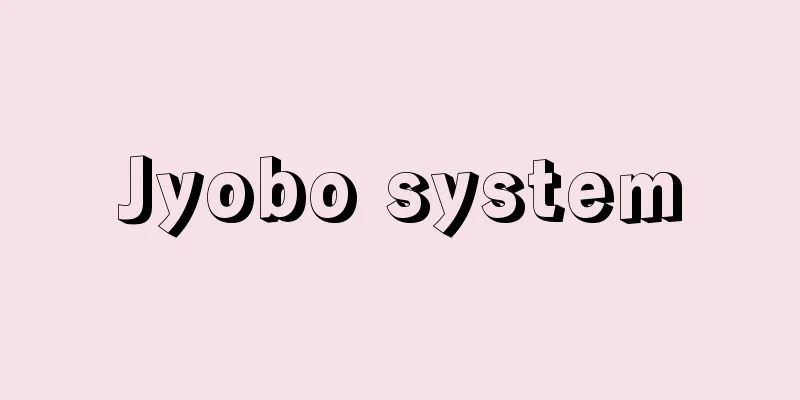

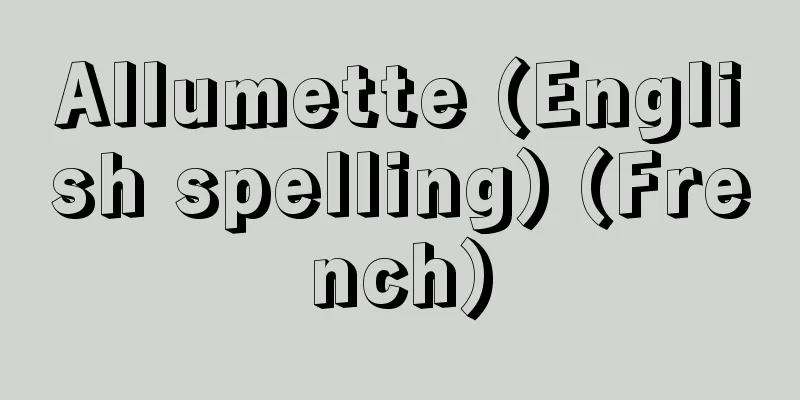
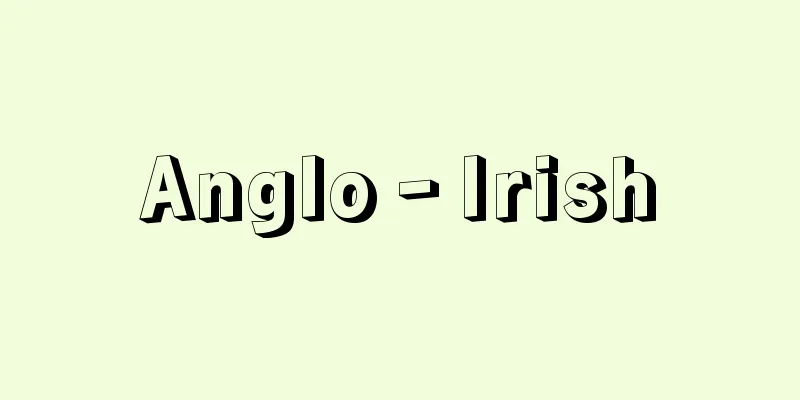

![Yujuku [Hot Spring] - Yujuku](/upload/images/67cd13af7354c.webp)
